How to Create Your Slides
In the Slide Size drop-down menu, select Widescreen (16:9).
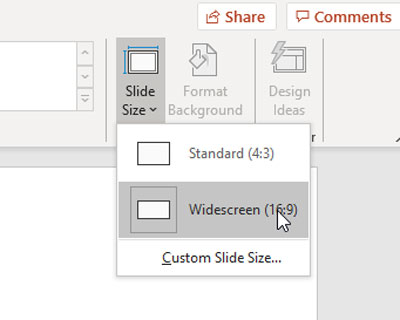
- As with any published work, make sure all the slide content is original or properly attributed. Do not use copyrighted material without express permission from the owner.
- We strongly recommend against using any soundtrack or other audio elements in the presentation.
- Keep any animations minimal and professional. We strongly encourage using no slide transitions.
How to Embed Videos for Optimal Recording
If you include any videos in your presentation, we recommend using no more than 1 video file per slide. The timing in your slideshow can become complicated with multiple videos.
Your video should be edited as you plan to use it in your presentation.
To insert a video in a slide, select “Insert” and scroll to “Video” and then “Video on My PC.”
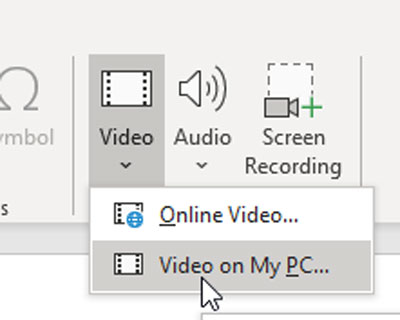
Resize the video to fit your design, content, and layout.
Select the video and use the options in the “Playback” menu to set the video to playback.
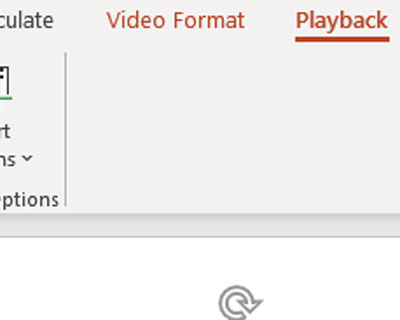
Select either “Automatically” (begin the video as soon as the slide loads) or “In Click Sequence” (begin when you click next within the slide).
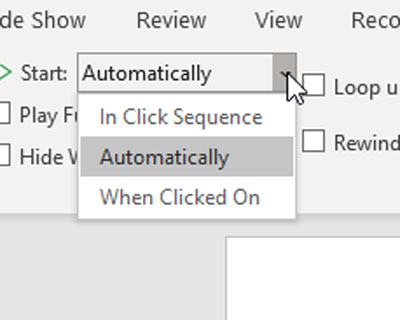
If the video has any existing audio, make sure to mute the video under the same “Playback” menu.
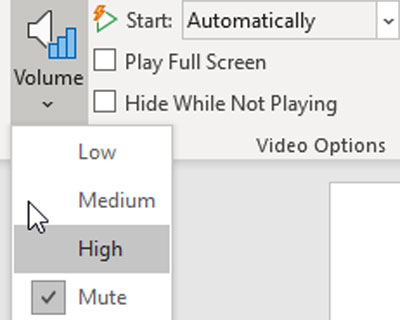
Set Up Your Mic
Most modern computers have a built-in microphone that will be adequate for this recording, but a USB microphone or headset is recommended for improved audio quality.
The built-in microphone will be set as your input device by default. If you plan to use a USB microphone for the narration, be sure to set it as the input device. Each device may follow slightly different steps here, so refer to the microphone manufacturer and your specific computing device for further instructions.
Record the Narration
From within your presentation, select the “Slide Show” tab and then “Record Slide Show.” Once selected, a drop-down menu will appear. Here, you can choose to start the narration from the beginning or from any other slide in your presentation.
If you have any videos embedded, we recommend you deselect “Show Media Controls” so that the video playbar is hidden on the final recording.
RELATED: Microsoft Support for Recording a Slide Show
In this example, we’ll choose “Record from Beginning.”
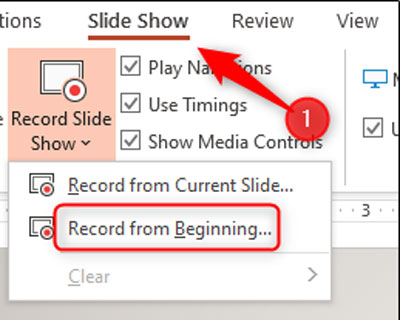
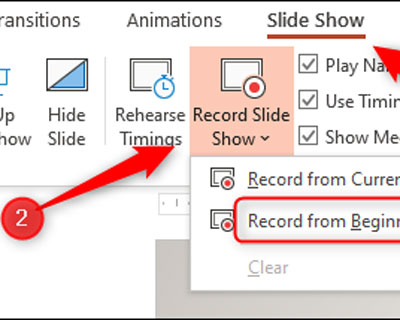
Within full-screen mode, you’ll notice a record button at the top-left corner of the screen. Click this button when you’re ready to start recording.
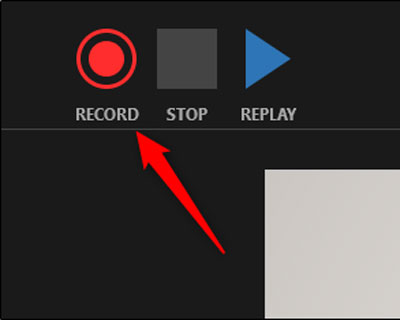
When you select the record button, a countdown timer will appear, giving you a three-second delay between clicking the button and starting your recording. You can now start recording your voiceover narration.
Move through the presentation by clicking the right arrow to go to the next slide. Be careful to pause and give yourself a few seconds between slides to ensure your voice is not cut off.
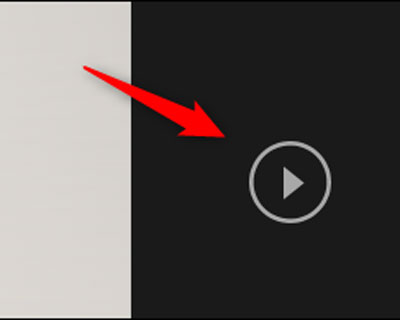
Pause the recording at any time by pressing the pause button in the top-left corner of the window.
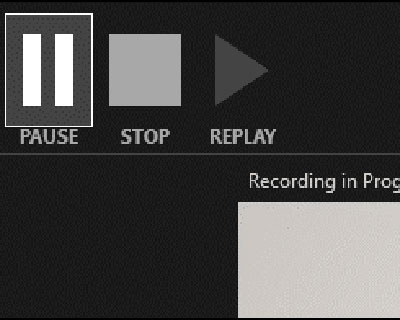
The recording will automatically end when you complete the last slide. Alternatively, you can press the stop button, also located at the top-left corner of the screen.
A speaker icon will appear at the bottom-right corner of each slide that you have recorded. You can play your narration back by hovering over the icon and pressing the play button.
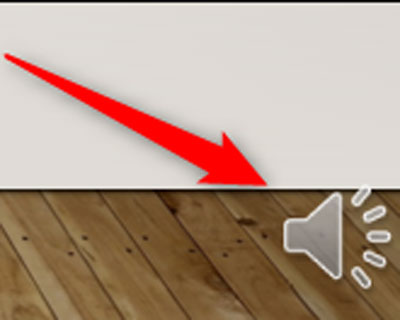
If you’re not satisfied with the narration, repeat these steps to re-record.
Export Your Presentation
After you finish creating your presentation in PowerPoint, save it as a video. From the “File” menu, select “Export” and “Create a video.”
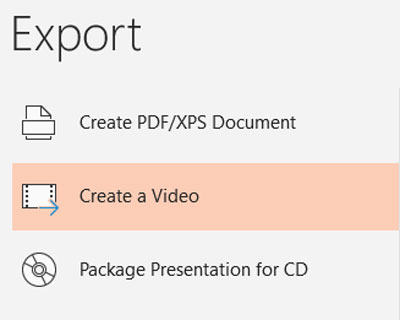
Set the quality of the video to HD (720p), and to “Use Recorded Timings and Narrations,” and then select “Create Video.”
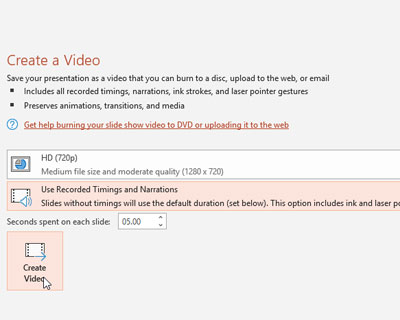
Enter a file name and then browse to the location you want to save your video. In the “Save As” type box, select MPEG-4 Video.
Depending on the length of your presentation, it will take at least several minutes to export the file.